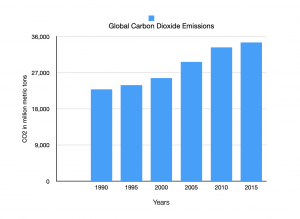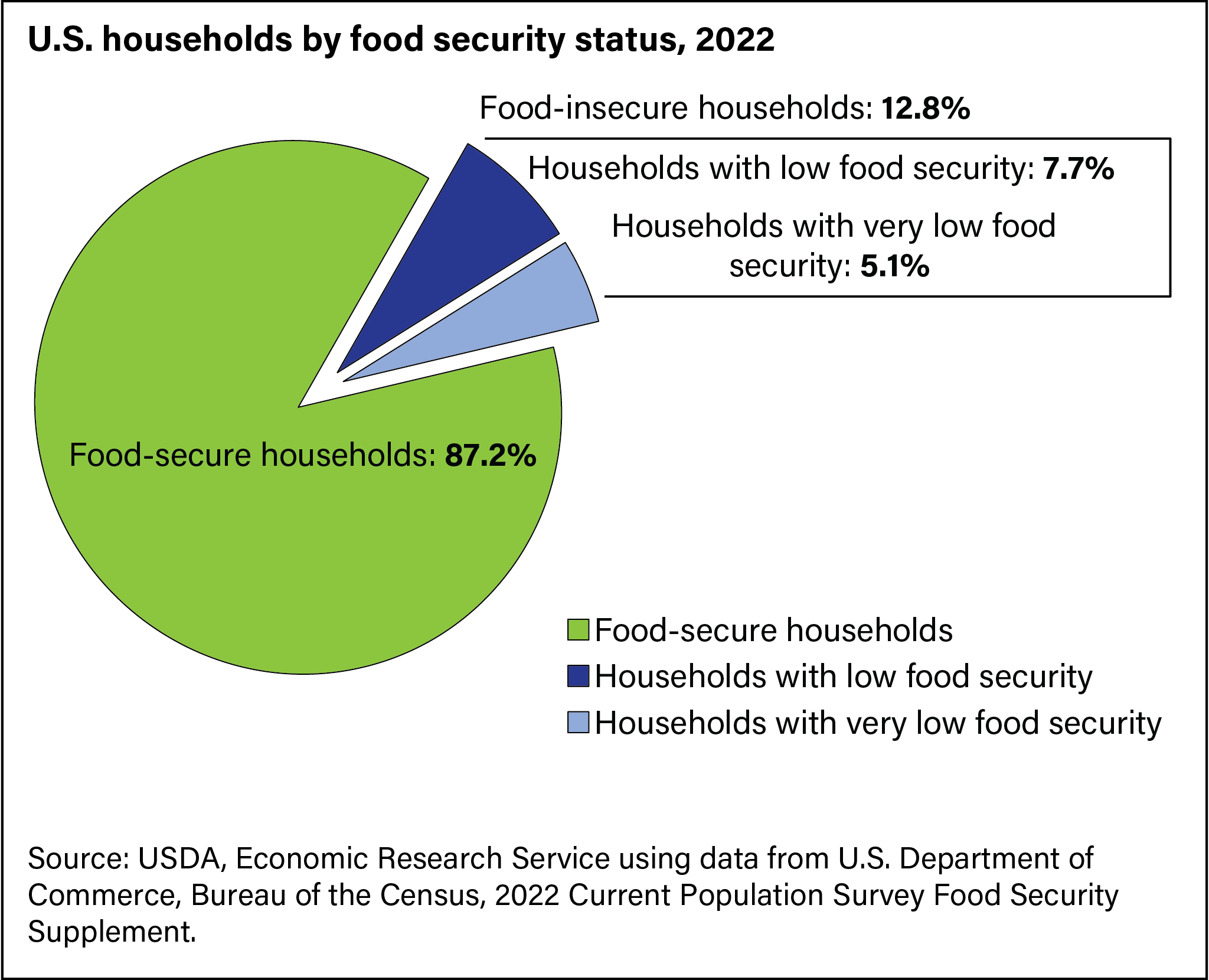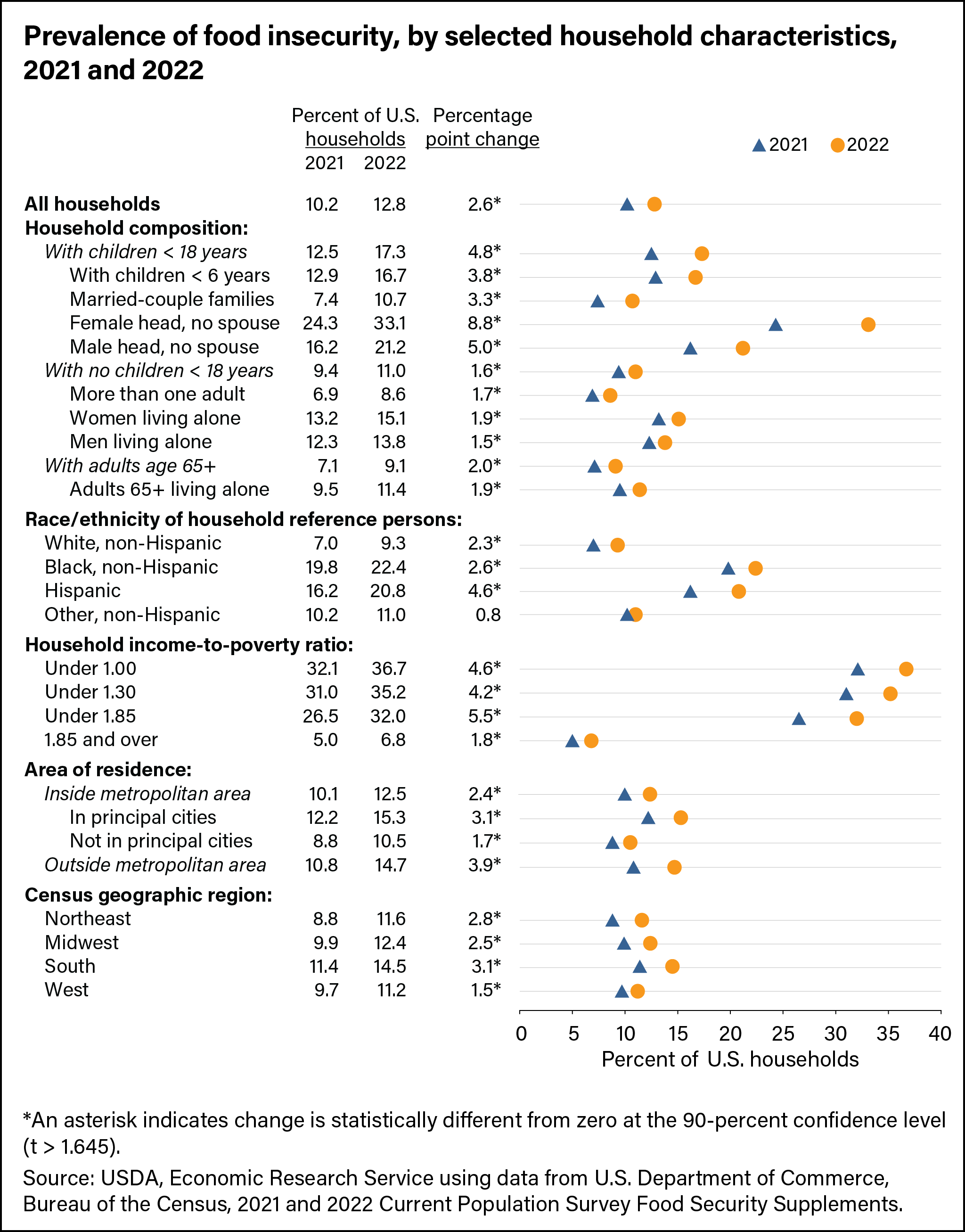A way to use mathematics to explore sustainability is through calculations of the Ecological Footprint and Biocapacity. Ecological Footprint is defined as the demand humanity has on Earth’s resources while Biocapacity is defined as the supply of Earth’s resources available for consumption. To calculate the Ecological Footprint, one must examine how many resources it takes to provide for the demands of humanity while Biocapacity is found by calculating the amount of biologically available resources for humanity. Through a comparison of the two, we are able to see that the earth is in a state of “overshoot.” This is because Earth’s Biocapacity is less than the Ecological Footprint, meaning that we are consuming resources faster than they can be resupplied. Through calculations and comparisons like these, we are able to quantify the environmental issues of our planet, which can then be utilized towards making a solution. Our overconsumption of resources, such as fossil fuels, is why we are in such a state of overshoot, so we must understand the effects of our actions and move towards use of renewable resources to get out of this state.
https://www.footprintnetwork.org/






